Classifying Injuries in Racing Pigeons
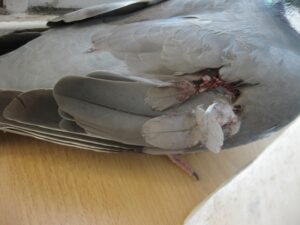 This section covers injuries to birds. Unfortunately, it’s the nature of racing and training that our birds covering the distance that they do will incur injuries. We have to remember that we manage a stable of race animals and we have to consider many things, injuries being one of them. This is not intended to be the 101 on how to provide medical care for all injuries.
This section covers injuries to birds. Unfortunately, it’s the nature of racing and training that our birds covering the distance that they do will incur injuries. We have to remember that we manage a stable of race animals and we have to consider many things, injuries being one of them. This is not intended to be the 101 on how to provide medical care for all injuries.
Some injuries are repairable, some are not. Some a bird can come back from and perform 100%, others they can not. Some will end a racing career but will allow for a bird to perform in the stock loft, some will not. We have to take these into consideration when we evaluate injuries.
Pigeons are remarkable healers. It almost at times seems that they have been granted a special gift for being healed from major injuries. There have been birds that have come home with gun shot wounds or nearly mortal wounded by hawks. I have saved a few directly from the clutches of the hawk. The hawk flew away to come prey on my birds another day and the bird ended up surviving, always remarkably to my astonishment.
Classes of Injuries
- Class A — Major injuries that will affect a birds ability to survive.
- Class B — Major injuries that will end a birds ability to race, but not be life threatening
- Class C — Injuries that will temporarily prevent a bird from racing, but will hamper their ability to give 100% of their original potential
- Class D — Injuries that will temporarily prevent a bird from racing but the bird will recuperate and can give 100%
- Class E — Very minor injuries
Examples of the Classes of Injuries
- Class A — A bird returns with the top mandible of it’s beak missing, deep lacerations that puncture air sacs or major organs.
- Class B — A broken wing
- Class C — A broken keel or broken leg
- Class D — Bruising of the wing or pectoral area, bent keel but not broken.
- Class E — Minor cuts that do not penetrate air sacs, loss of many feathers, abrasions to the chest area that result in loss of feathers and skin
Appropriate Actions for each class
Class A — In this case, do the right thing. In the example of the missing mandible, euthanasia is probably the best action. These honorable creatures deserve our respect and our mercy.
Class B — The appropriate question if is this bird is intended for the stock loft. If it has not yet performed but physically has met your standards and has an incredible pedigree, you may want to give it a chance in the stock loft. Realize though if you already own both parents of this bird in the stock loft, it’s probably best to remove this bird from the race team. Better to put your faith in other offspring able to prove they have the unseen qualities than to roll the dice with this bird. If you evaluate a bird to have a class B injury but it is not a candidate for the stock loft, euthanasia is most likely the appropriate decision.
Class C — I’m sure there will be plenty of fanciers to disagree with my assessment of a Class C injury. A bird that has a broken keel or a broken leg with proper treatment will heal and can compete. From experience though I have never had one that has turned into a champion. I have never read of one that has turned into a champion. Very rarely you will read of one that was already a champion and then was injured and moved to the stock loft. A class C injury should be handled the same as a Class B injury. If the bird is intended for the stock loft, do so. If it is not then remove it from the race team.
Class D — Often fanciers will miss Class D injuries. You have to handle your birds after they return from a race. You have to observe them in the loft. Our birds often collide with wires, trees and other objects. If a bird has enough of a collision that is bruises a bird then immediately place them on the injured reserve list. Bruising is a sign of healing. A bird can not give you 100% while it’s injured, so don’t waste your time and money shipping them to a race if they can not give 100%. Give them sufficient time to heal, some remedial training tosses and then return them to the team. There are lots of race winners and diploma winners that have had minor injuries and come back to score. A bird with a class D injury can potentially come back and give 100%. Also the other side of this coin is that some birds also come back to race but never attain the level that they previously have. If this happens the following season, evaluate this injury as though it was a Class C injury. Do not keep clinging on to hope that they will return to their former glory. Unfortunately, sometimes this class of injury does not end their ability to race, but it ends their ability to be a winner.
Class E — Should be treated exactly like Class D injuries. Give them time to heal. Be patient and pay attention. They may act like they are 100%, but ensure they are fully recovered before shipping to a race. I repeat this hundreds of times, but don’t ship a bird unless it can give you 100% of what it is capable of. I do not think Class E injuries hamper a birds ability to give you 100% after they have fully recovered.
Summary
Why do we classify injuries? We classify them so that we can evaluate what a birds future on the team will be and take the appropriate action. Often we spend lot so of time and money when if we properly evaluated, we would have discovered it was not the right course of action. My father always said everything deserves a chance. I agree to a point. I have spent many times giving chances or leaving hope, only to realize that a bird would never be capable of winning or scoring 100% again. We keep a stable of race animals. We want to keep as many winners or contenders as possible. Don’t waste your time keeping also rans. Remember what your goals are, be efficient in attaining them. When injuries occur, evaluate the injury, classify the injury, then evaluate the birds future placement and take the appropriate action.

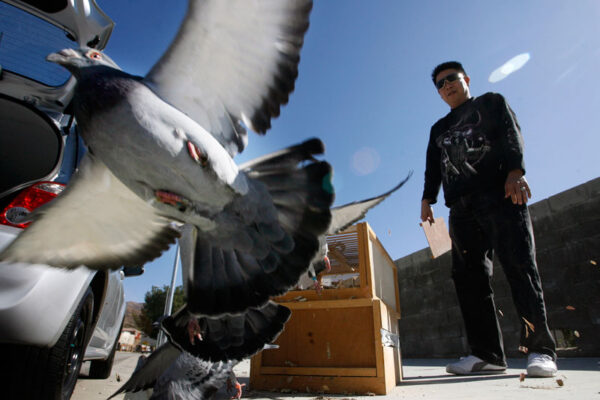
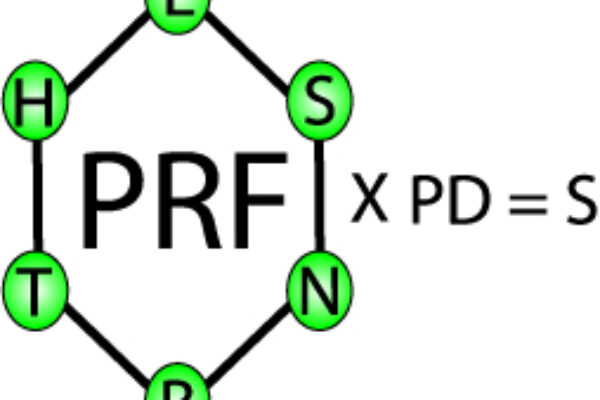
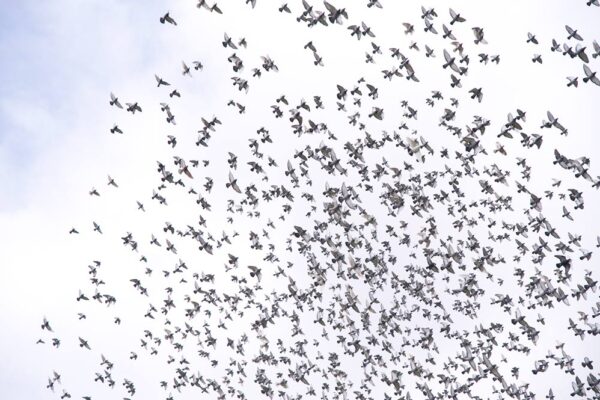
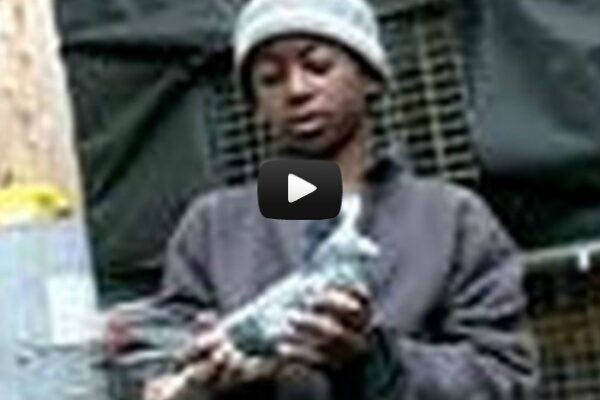
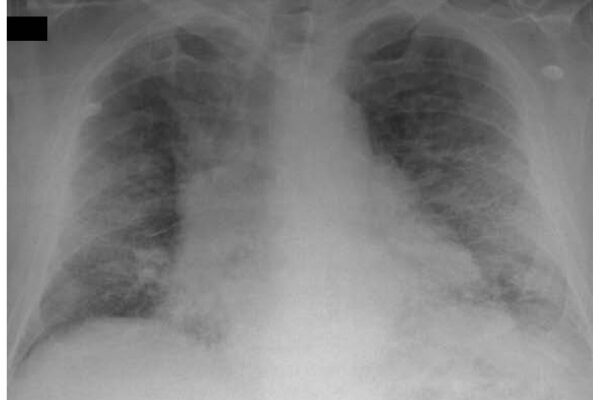


Hi, I wanted to add that punctures to the air sacs are very rarely actually life-threatening, they heal quite easily, they just need some time. If the injury (known as subcutaneous emphysema) is causing air to build up and block the bird’s ability to eat, it can be “deflated” with a needle. Sometimes this needs to be done more than once, sometimes a few times a day for a few days. But I’ve never seen an instance of this not heal. There are a number of veterinary literature on this topic that also conclude the same thing.
Hi i am located in Australia and was wondering if you could give me any information on a new virus called paramyxovirs. I do know there is a vaccine for it.But just wanted more info if you could give me some. Thank you.
Hi Jane,
Here are a few articles about Paramyxovirus that I think you will find helpful,
Paramyxovirus Basics
https://www.pigeonracingpigeon.com/menu/paramyxovirus-basics/
Diseases Every Fancier Should Know
https://www.pigeonracingpigeon.com/whats-new/racing-pigeon-diseases-every-fancier-should-know/
The 8 Most Common Health Problems in Pigeons
https://www.pigeonracingpigeon.com/menu/pigeon-disease-the-eight-most-common-health-problems-in-pigeons/
Hope they help and if you have any more questions please feel free to ask.
Yours in the sport,
-Chris
I HAVE HAD BIRDS ARRIVE HOME WITH NO FEATHERS ON THE UNDER SIDE AND ONE HAD NO SKIN.PROBABLY HIT THE POWER CABLES.THEY HEALED UP WELL.